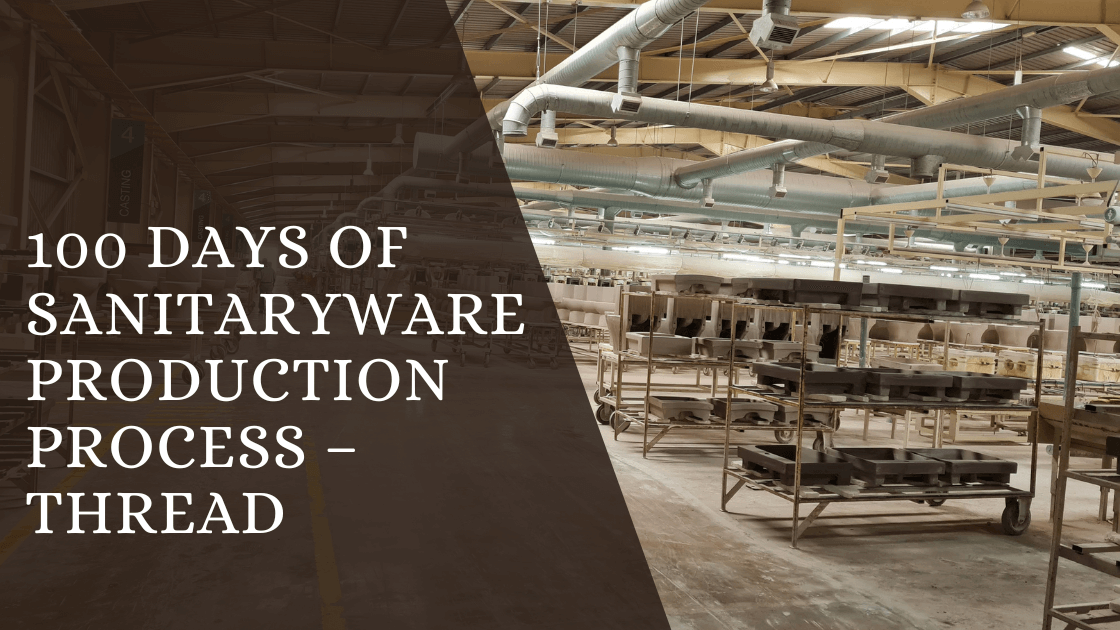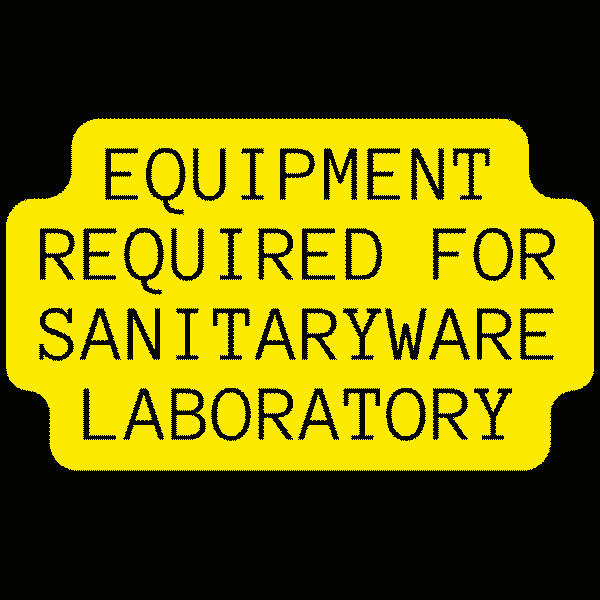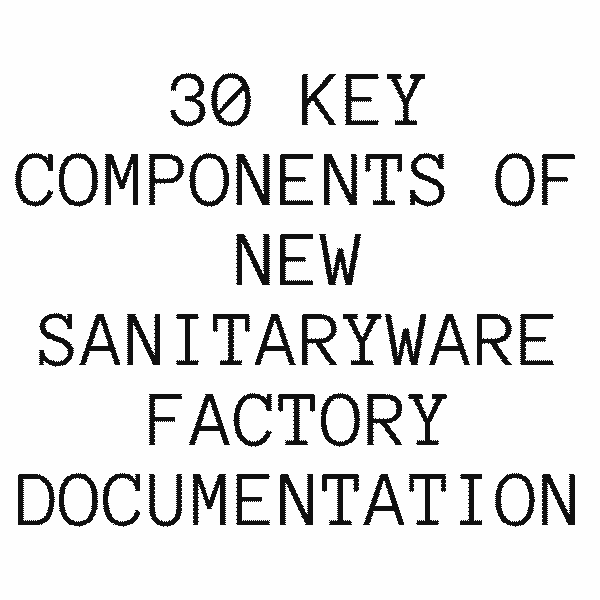Sanitaryware Factory Efficiency: Understanding the 3 Crucial Metrics
While Analyzing efficiency of a sanitaryware manufacturing factory, focusing on a only 3 key metrics can significantly simplify the process while still providing valuable insights. By concentrating on just three numbers, it’s possible to gauge the factory’s efficiency effectively. To make this simple, we assume the factory follows good/same industry quality standards.
These metrics not only facilitate the internal analysis of a factory’s efficiency but also enable comparisons across other sanitaryware factories. Following are the three metrics we are going to see.
Production Cost:
- In the sanitaryware industry, the metric of production cost per kilogram of product is indeed a important indicator of overall factory performance.
- This metric encompasses a wide array of factors including manpower efficiency, material utilization, and process optimization.
- A lower cost per kilogram is indicative of a factory’s ability to effectively manage and optimize its resources, which in turn reflects better efficiency.
- Production cost of Sanitaryware Factory consist of 3 important factors. 1) Yield 2) Process Efficiency 3) Price/Cost of elements in the Factory.
- With low Production cost we can assume the all the 3 factors are in control.
- But we cant conclude or compare only using the cost of production to compare efficiency. There is still possibility with lower Price/Cost of elements in factory can compensate the low Yield and low process efficiency. That is why we need to look into the Global yield of the factory.
Global Yield:
- Global yields helps to understand Overall Production efficiency in terms of waste(Rejects) in the factory. Higher the global yield lower the waste.
- Factory runs with less Production cost and high global yield is indication of factory efficiency but not conclusion.
- Because these two metrics can be achieved by producing simple products like Basin , Cisterns and Simple WC.
- We need to look into metric where it indicates the complexity of product produced.
- How to find a factory what kind of product is produced with these two metrics will helps to finalize the efficiency of the factory. for that we can use Average Weight of the piece produced in that factory.
Average weight of product Produced:
- Average Weight of products help to find the complexity of product produced in the factory. The higher the average weight higher the complexity. Like producing one piece will increase the complexity and as well as average weight of piece produced.
- When Complex product like one-piece toilet produced in the factory it increases the manufacturing challenges, resources, Logistic and other complexities. Thus reduces the yield as well as increase the production cost.
- So lower Production cost , Higher Global yield and Higher the Average weight of Product produced factory will be the highly efficient one.
Different Scenarios:
With the three metrics we can have possible 8 Probable scenarios, we will analyze all 8 sceneries to understand much better.
| Scenario | Production Cost (Low/High) | Global Yield (High/Low) | Avg. Weight (High/Low) | Assessment |
|---|---|---|---|---|
| Factory A | Low | High | High | Highly efficient Factory due to low production cost, high global yield, and high complexity (average weight). |
| Factory B | Low | High | Low | Factory Producing Low complex model and Having optimized Process. Moderately efficient due to low production cost, high global yield, but low complexity. |
| Factory C | Low | Low | High | Factory Producing high complex model with low yield and low Production cost , Probability due to Low price of Materials , Man power Cost and other Price factories. Can reduce more production cost by optimizing the Process. |
| Factory D | Low | Low | low | Factory can be improved Further by process optimization as the Model are simple. Yields can be improved. |
| Factory E | High | Low | High | Low efficient despite high complexity, due to high production cost and low global yield. Only way to Improve is to reduce the rejection and other Process controls. |
| Factory F | High | Low | Low | Inefficient due to high production cost, low global yield, and low complexity. |
| Factory G | High | High | High | Need to look into the Price of Raw materials, Man power cost to under stand despite high global, why the Production cost is high. |
| Factory H | High | High | Low | Need to look into the Price of Raw materials, Man power cost to under stand despite high global, why the Production cost is high. |
Conclusion:
I hope this article has illuminated these three key metrics necessary for evaluating efficiency in a sanitaryware manufacturing process factory.
Written by : Venkat Mani
Venkat Mani is a Ceramic Engineering Graduate from India, working in Sanitaryware production line for 15 years. He shares Meaningful content related to sanitaryware professionals that others find useful.
2s Comments
Leave A Comment
While Analyzing efficiency of a sanitaryware manufacturing factory, focusing on a only 3 key metrics can significantly simplify the process
A quick overview of the topics covered in this article.




hi
SHREE RAM MINES AND MINERALS
BIKANER(RAJASTHAN)
INDIA
BALL CLAY MANUFACTUR
MINING